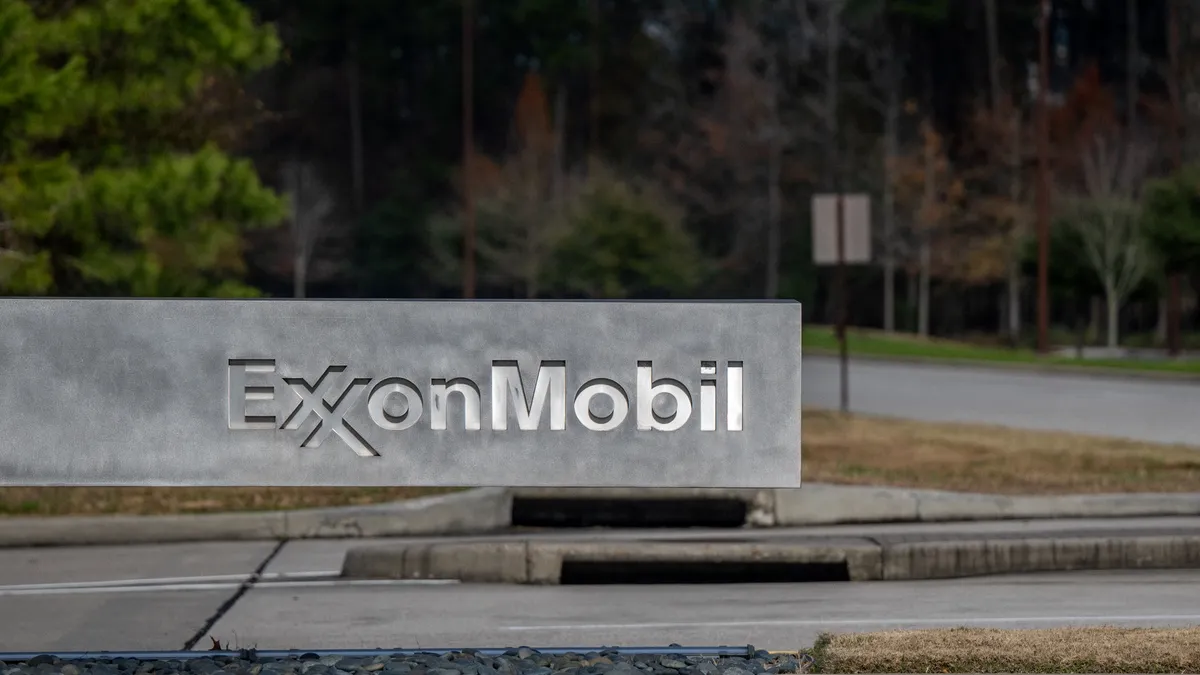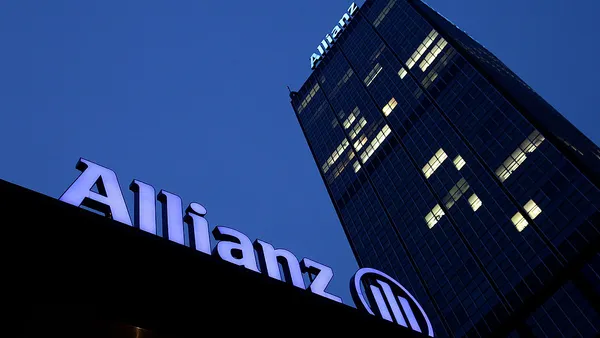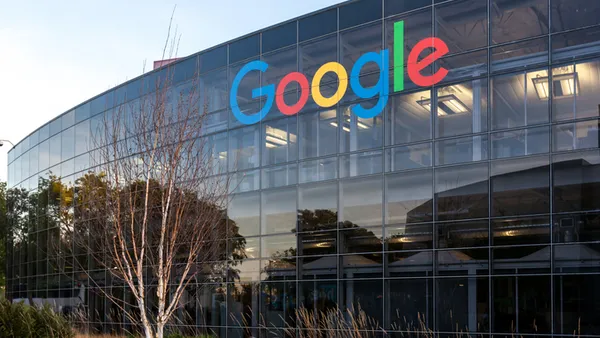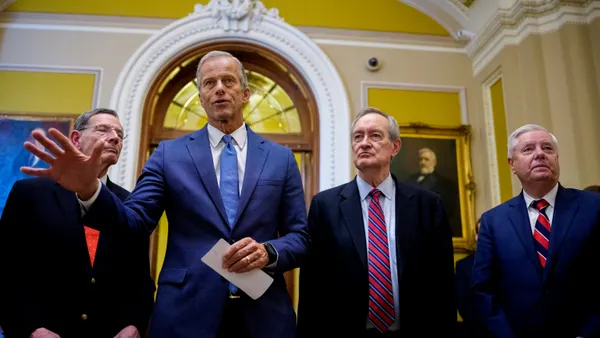Dive Brief:
- ExxonMobil signed a deal with the state of Texas last week for the nation’s largest offshore carbon dioxide capture and storage site, the company announced Thursday. The deal gives the energy giant access to more than 270,000 acres of submerged land to sequester carbon dioxide, Texas’ General Land Office said in a release the same day.
- The proceeds from the lease agreement will go to the Texas Permanent School Fund, with the GLO estimating that it will “provide millions” to the Texas school system. The exact financials of the deal were not disclosed.
- The deal comes as transition-scenario projections by BloombergNEF found that any natural gas or coal emissions will need to be offset by carbon capture by 2050 for the U.S. to reach a net-zero emissions scenario.
Dive Insight:
Exxon currently operates the nation’s largest carbon dioxide pipeline network, spanning 1,500 miles and three states that border the Gulf of Mexico, according to the company’s website. Exxon said in the Oct. 10 release that it views the deal as a complement to the onshore carbon capture capabilities it’s developing and “offshore acreage provides much-needed storage space for [carbon dioxide] emissions.”
The energy giant said it believes that the Gulf region has “vast potential” with regards to offshore carbon storage and will play “a key role in meeting society’s net-zero goals.” Exxon President of Low Carbon Solutions Dan Ammann said in the release that the deal represents a sign of the company’s commitment to carbon capture and sequestration.
“With our growing roster of customers ready to deploy CCS, we’ll be driving substantial emissions reductions along the Gulf Coast through a comprehensive solution that includes capture, transportation and storage,” Ammann said.
The offshore storage space Exxon leased is offshore of Texas’ Jefferson, Chambers and Galveston Counties, and the GLO said the deal is the “most extensive carbon capture and sequestration transportation and storage lease in state history.” The lease gives Exxon the right to sequester carbon dioxide “approximately one to two miles below the surface” of the gulf, GLO said in the release.
The GLO oversees 13 million acres of Texas state land, making it the state’s largest land and mineral owner, per the release. Texas Land Commission Dawn Buckingham said the partnership will let Exxon use the land for “innovative solutions that can help ensure future energy production.”
“Energy independence is vital to ensuring our state and country remain economic leaders around the globe,” Buckingham said, adding that she is “thrilled that the revenue from this lease will go toward benefiting [the] state along with our Texas school children.”
Exxon’s carbon dioxide transportation pipeline currently runs through Texas, Louisiana and Mississippi near or co-located with enhanced oil recovery, industrial and carbon storage sites, according to its website. The company’s carbon storage sites are located in Texas and Louisiana with class VI injection well permits in the queue, according to a map of its carbon capture, transportation and storage operations.
The deal follows a carbon capture agreement Exxon signed with agricultural industrial manufacturer CF Industries in July to annually transport and store up to 500,000 metric tons of carbon dioxide emissions captured at a CF complex in Mississippi. That marked Exxon’s fourth industrial carbon capture customer, and the energy giant has commitments to store 5.5 million metric tons of carbon dioxide for clients, according to a release at the time.
BloombergNEF’s recent energy outlook found that the U.S. energy transition currently has an approximately 67% chance of corresponding with a 2.6 degrees Celsius global temperature rise by 2050 — well off net-zero climate goals. That same study found that the nation is on track to cut just 22% of its emissions by 2050, compared to the 50% needed to reach its nationally determined contribution for the Paris Agreement.
Exxon released its own global energy outlook on Friday that found global energy use will grow 15% by 2050, with its data projecting that increased energy efficiency and more renewables and lower-emissions technologies will cut global emissions 25% by mid-century. The report also found that additional policy support, including more transparency, will be needed to help grow lower-carbon technologies.
Chris Birdsall, Exxon’s director of energy and economics, said in a blog post Friday that the projections are objective and represent the company’s “best view of what the global landscape will look like a few decades from now, as opposed to what we might hope to see.”
The report estimates that all current energy types will remain in the mix through 2050, though coal will decline the most and renewables are projected to grow at the fastest rate. Exxon’s outlook also finds that oil production is declining approximately 15% each year, putting oil supplies to fall from approximately 100 million barrels per day to 30 million barrels per day.
The report finds that at the current rate,“global oil and natural gas supplies [may] virtually disappear without continued investment,” though “the world’s demand for oil and gas remains strong.”












